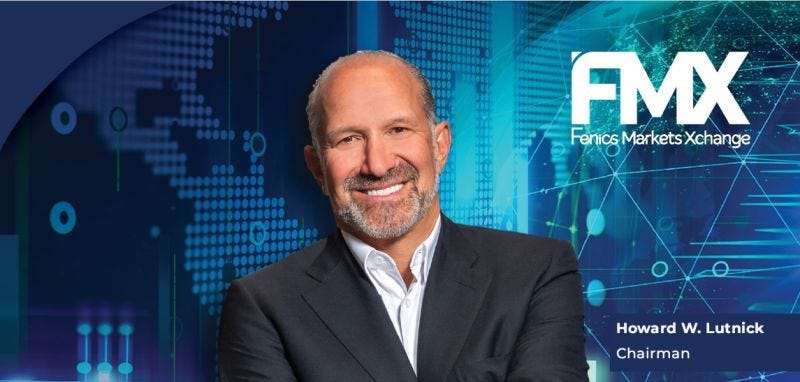Smashing the Monopoly
The Latest Challenger to Take On Chicago
In September 1979, having never borrowed money before in public markets, IBM decided to issue $1 billion worth of bonds to fund future growth. It was the largest debt offering ever by a US industrial corporation and Wall Street firms lined up to participate. Merrill Lynch and Salomon Brothers topped the billing, helped by a cast of 225 firms to jointly underwrite the deal.
It shouldn’t have been a difficult transaction. IBM was a AAA credit and the interest rate it offered reflected that low risk, set fractionally above the US government rate at around 9.4%. Unfortunately for those involved, the deal didn’t go well. On Saturday, October 6, Federal Reserve chairman Paul Volcker announced a surprise rate hike alongside other measures to curb inflation. Bond prices fell, including those of IBM. While most of the issue had already been placed with end-investors, underwriters were left clutching unsold paper. Having already agreed to pay $1 billion (less fees) to IBM, they faced significant losses as the market value of the new securities collapsed to $930 million. What two weeks earlier was hailed as the biggest bond issue in underwriting history had very quickly morphed into “the biggest bloodbath in underwriting history”.
Yet despite its role as lead underwriter, Salomon Brothers emerged unscathed. Unlike others in the syndicate, it had utilized a novel product to hedge risk: interest rate futures. Launched just four years earlier, interest rate futures were still not widely trafficked; Salomon was an early adopter. After Volcker’s policy shift, though, uncertainty over the path of interest rates increased and with it, the market for interest rate futures took off.
That growth has continued to this day. The year IBM’s bond flopped, the value of interest rate futures traded in North America increased from $3.9 billion per day to $9.9 billion. In the first quarter of this year, daily turnover hit $6.8 trillion. Not just Wall Street firms, but corporations, institutional investors, speculators and money market funds all access the market to hedge or take a view on interest rate risk. Trading in futures contracts even dwarfs trading in underlying US government bonds.
And while participants have come and gone – Salomon Brothers, for example, is no more – the company behind interest rate futures has grown ever stronger. Through a process of consolidation, effective lobbying and market dynamics, CME Group – owner of the Chicago Board of Trade and the Chicago Mercantile Exchange – now commands 96% of this market. It earns over $1.6 billion a year in fees as the premier access point for interest rate derivatives and, with other business lines contributing, sits on a market cap of $70 billion.
Over the years, others have attempted to muscle into the market. Exchanges like Eurex (owned by Deutsche Börse Group) and predecessors to Intercontinental Exchange have tried, as have startups like BrokerTec and Electronic Liquidity Exchange. All have failed.
The latest to have a go is FMX, a new exchange chaired by Howard Lutnick. Lutnick became an iconic figure following the 9/11 attacks when his firm, Cantor Fitzgerald, lost two thirds of its workforce. A few years later, he spun off BGC, a brokerage business he describes as “an exchange for everything in the world that doesn’t trade on an exchange”. Now, he is moving into the exchange business itself in a direct challenge to CME Group, which he dubs “one of the great monopolies in America”.
Will he succeed? To understand the sources of CME’s competitive strength, the reasons challengers have fallen by the wayside and how this time may be different, read on.

